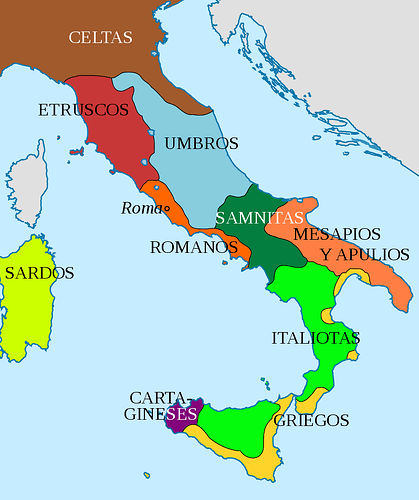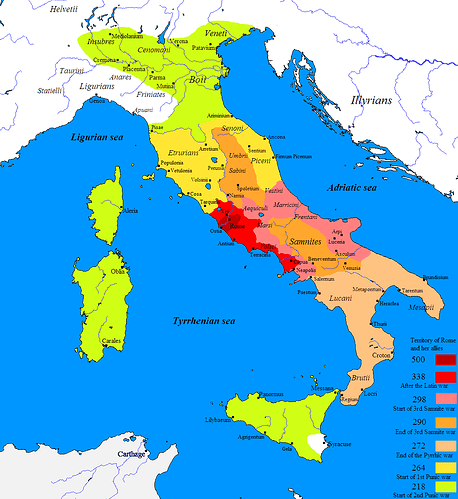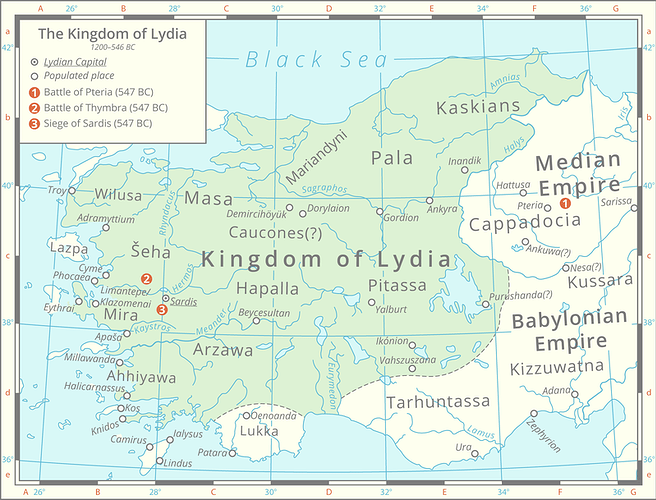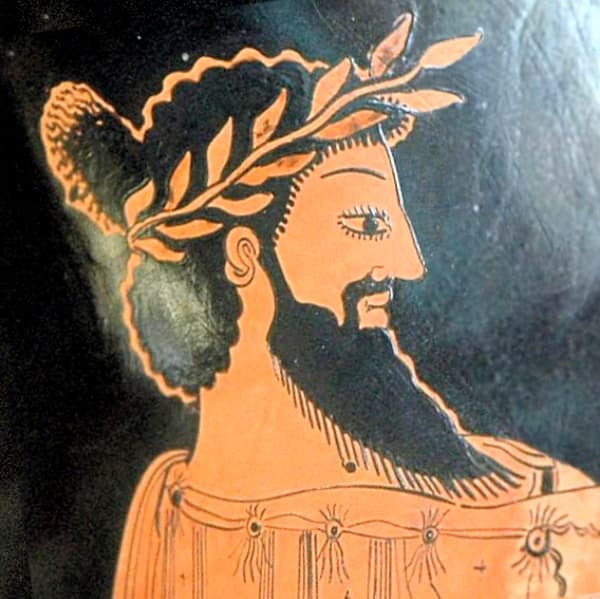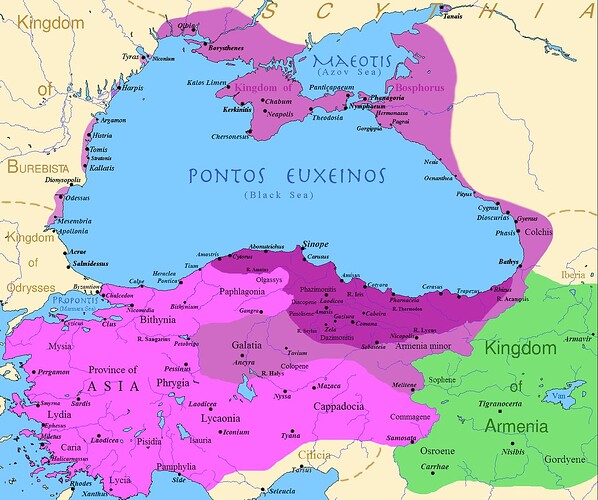Lydia (Lydian: 𐤮𐤱𐤠𐤭𐤣𐤠, Śfarda; Aramaic: Lydia; Greek: Λυδία, Lȳdíā; Turkish: Lidya) was an Iron Age kingdom of western Asia Minor located generally east of ancient Ionia in the modern western Turkish provinces of Uşak, Manisa and inland Izmir. The ethnic group inhabiting this kingdom are known as the Lydians, and their language, known as Lydian, was a member of the Anatolian branch of the Indo-European language family. The capital of Lydia was Sardis.[1]
The Kingdom of Lydia existed from about 1200 BC to 546 BC. At its greatest extent, during the 7th century BC, it covered all of western Anatolia. In 546 BC, it became a province of the Achaemenid Persian Empire, known as Sparda in Old Persian. In 133 BC, it became part of the Roman province of Asia.
Lydia developed after the decline of the Hittite Empire in the 12th century BC. It may be a successor to the Hititas in the Iron Age…
The campaign may be from Croesus, its last king before being defeated by Cyrus the Great (who would be the protagonist of the Persian campaign)…
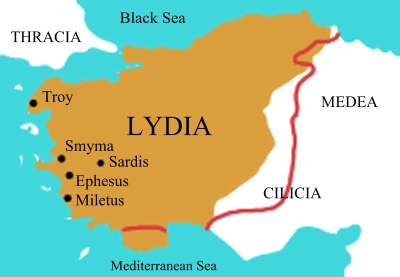
Croesus was born in 620 BC to the king Alyattes of Lydia and one of his queens, a Carian noblewoman whose name is still unknown. Croesus had at least one full sister, Aryenis, as well as a step-brother named Pantaleon, born from a Ionian Greek wife of Alyattes.[8][9]
Under his father’s reign, Croesus had been a governor of Adramyttium, which Alyattes had rebuilt as a centre of operations for military actions against the Cimmerians, a nomadic people from the Pontic steppe who had invaded Western Asia, and attacked Lydia over the course of several invasions during which they killed Alyattes’s great-grandfather Gyges, and possibly his grandfather Ardys and his father Sadyattes. As governor of Adramyttium, Croesus had to provide his father with Ionian Greek mercenaries for a military campaign in Caria.[10][11][8]
During Croesus’s tenure as governor of Adramyttium itself, a rivalry had developed between him and his step-brother Pantaleon, who might have been intended by Alyattes to be his successor. Following Alyattes’s death in 585 BC, this rivalry became an open succession struggle out of which Croesus emerged victorious.[8]
Conquests
Once Croesus’s position as king was secure, he immediately launched a military campaign against the Ionian city of Ephesus. The ruling dynasty of Ephesus had engaged in friendly relations with Lydia consolidated by diplomatic marriages from the reign of Gyges until that of Alyattes: the Ephesian tyrant Pindar, who had previously supported Pantaleon in the Lydian succession struggle, was the son of a daughter of Alyattes, and was thus a nephew of Croesus. After Pindar rejected an envoy by Croesus demanding Ephesus to submit to Lydia, the Lydian king started to pressure the city and demanded that Pindar leave it and go into exile. After Pindar accepted these terms, Croesus annexed Ephesus into the Lydian Empire. Once Ephesus was under Lydian rule, Croesus provided patronage for the reconstruction of the Temple of Artemis, to which he offered a large number of marble columns as dedication to the goddess.[8]
Meanwhile the Ionian city of Miletus had been willingly sending tribute to Lydia in exchange of being spared from Lydian attacks because the overthrow of the city’s last tyrants, Thoas and Damasenor, and the replacement of the tyranny by a system of magistrates had annulated the relations of friendship initiated by Alyattes and the former Milesian tyrant Thrasybulus.[8]
Croesus continued his attacks against the other Greek cities of the western coast of Asia Minor until he had subjugated all of mainland Ionia, Aeolis, and Doris, but he abandoned his plans of annexing the Greek city-states on the islands and he instead concluded treaties of friendship with them, which might have helped him participate in the lucrative trade the Aegean Greeks carried out with Egypt at Naucratis.[8]
![]() ) and tell the devs to change the nerrative ever since 1998’s RoR release or EVEN Yamato’s inclusion in the original release.
) and tell the devs to change the nerrative ever since 1998’s RoR release or EVEN Yamato’s inclusion in the original release.